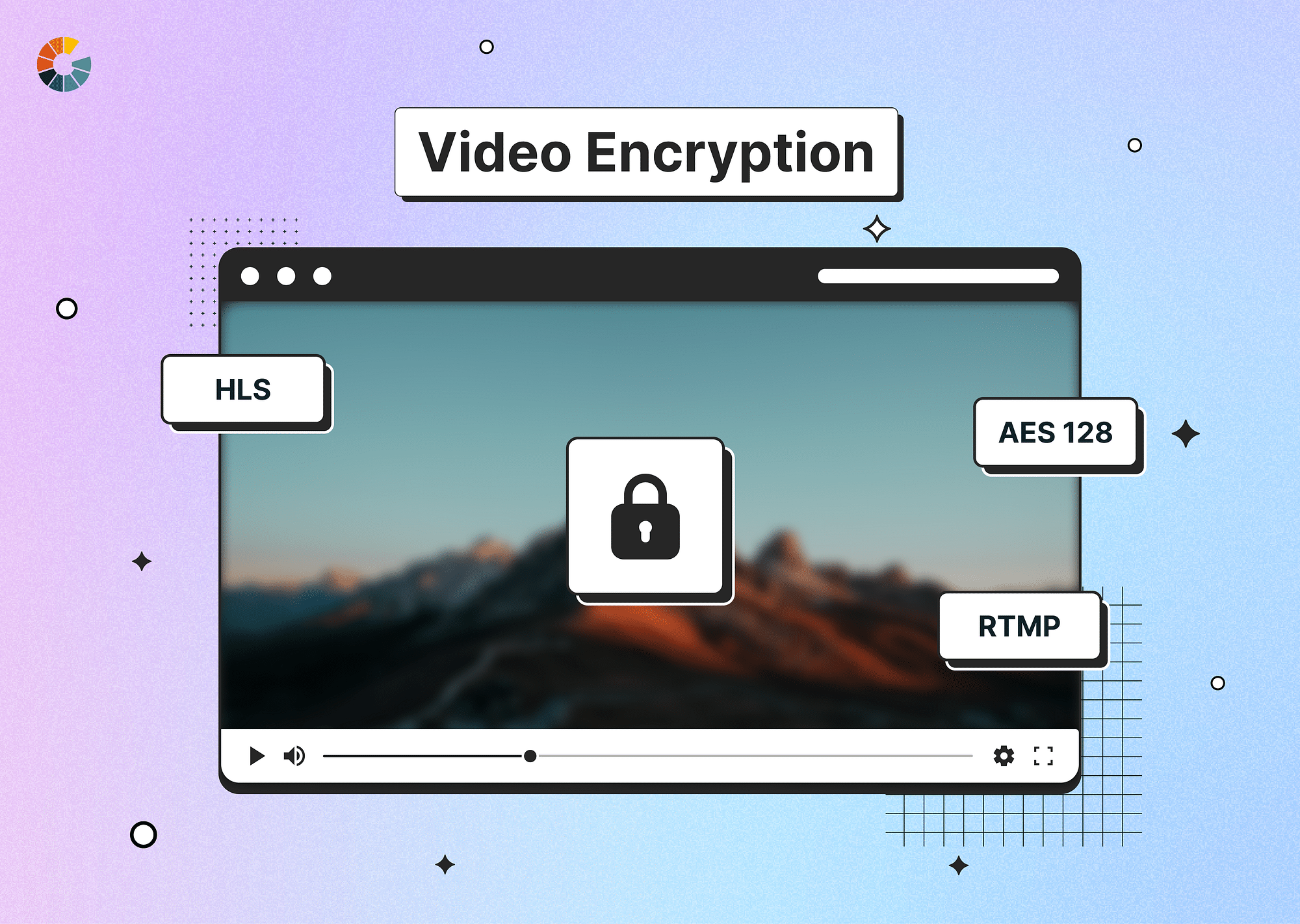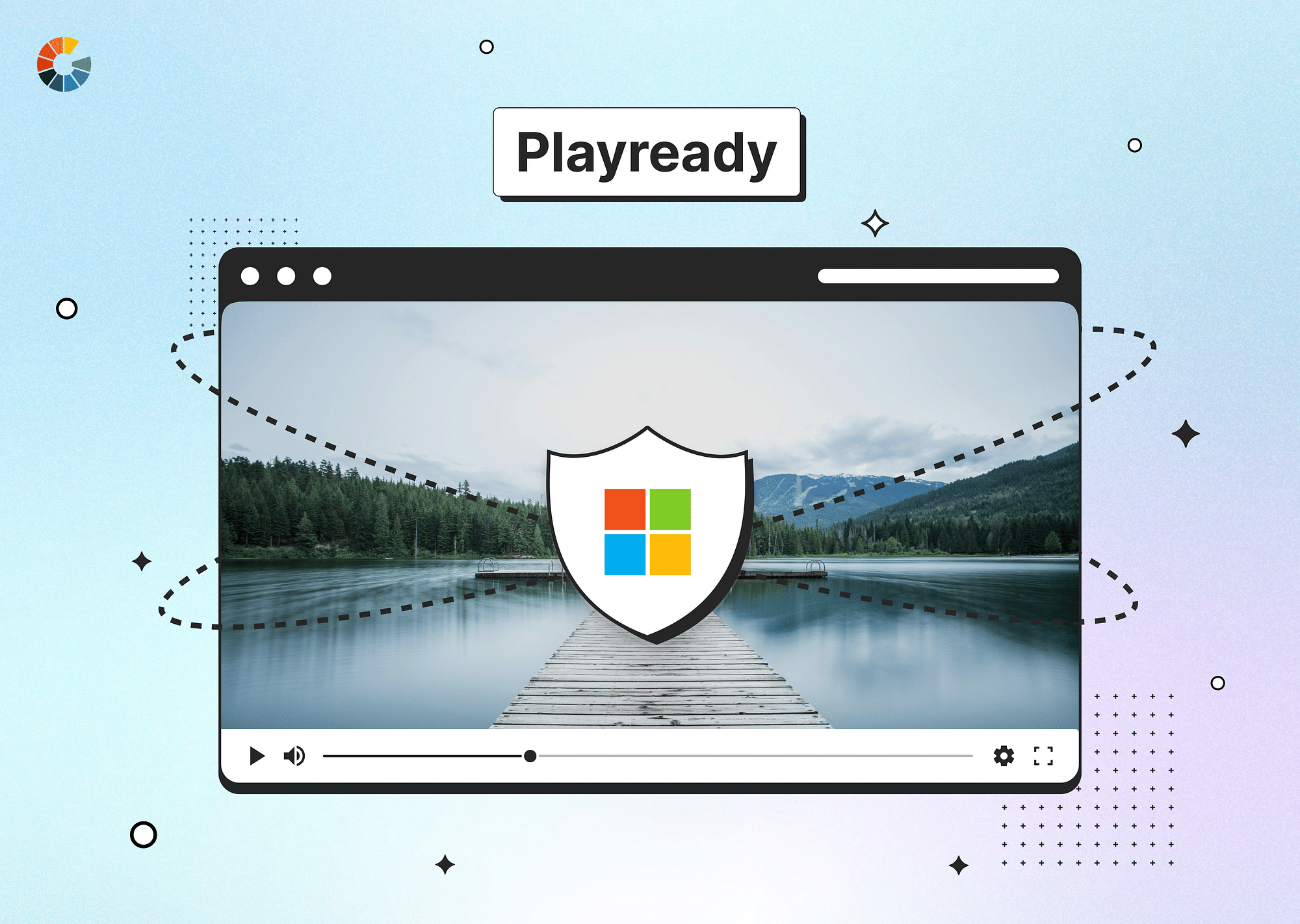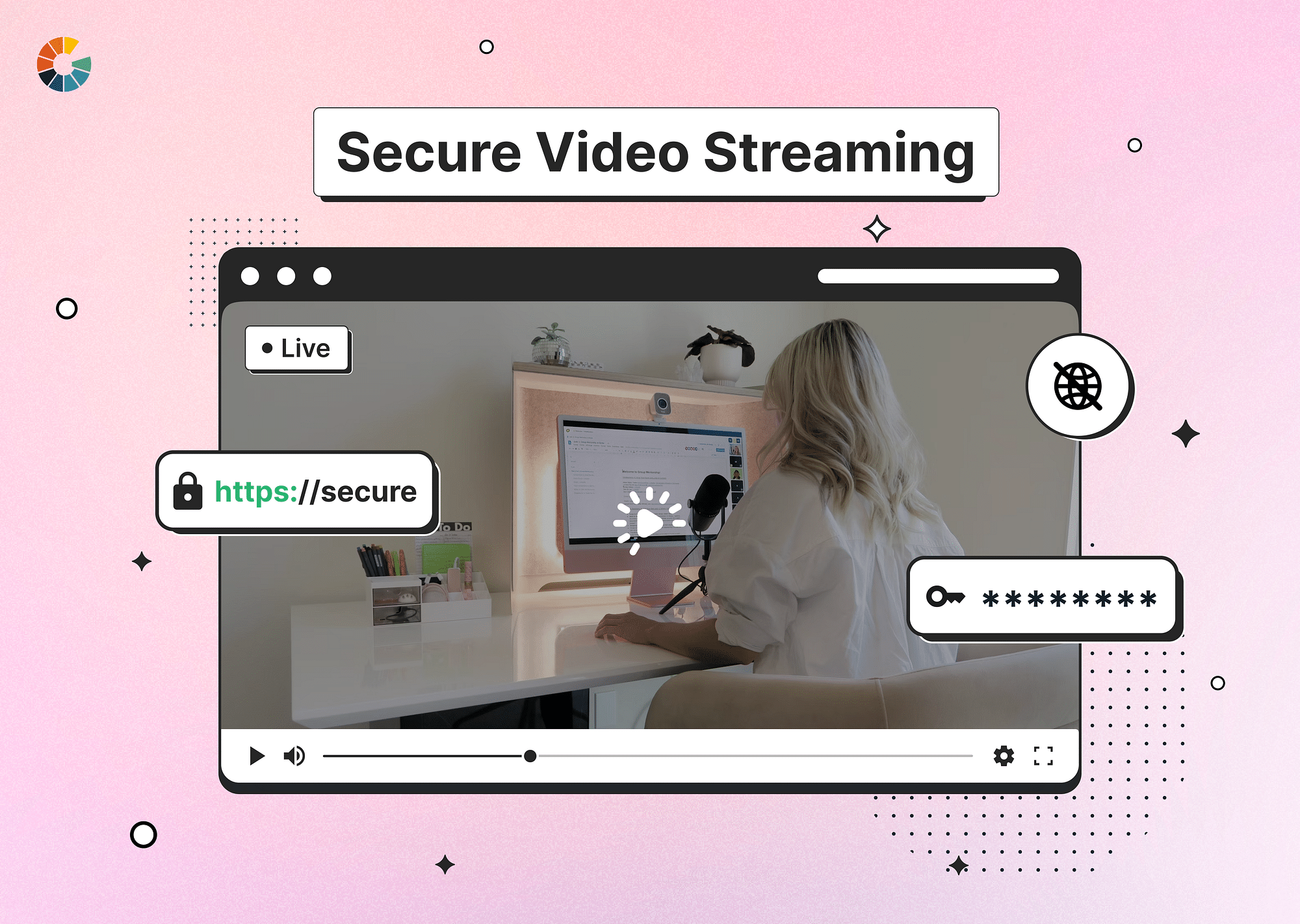From entertainment to education and business communications, videos are widely used across various platforms. However, with the increasing reliance on online video streaming, ensuring the security and privacy of video content has become a critical concern. This is where video encryption comes into play. In this article, we will explore the concept of video encryption, its importance, how it works, and the best video encryption platforms available for secure video streaming.
What is Video Encryption?
Video encryption is the process of encoding video content in a way that makes it unreadable or inaccessible to unauthorized users. It involves using encryption algorithms to convert the original video data into an encrypted format that can only be decrypted and viewed by those with the appropriate decryption key. Video encryption ensures that the video content remains confidential and protected from unauthorized access, even if it falls into the wrong hands.
Why is Video Encryption important for online videos?
There are several compelling reasons why video encryption is crucial for online videos:
- Confidentiality: Video encryption ensures that sensitive or proprietary video content remains confidential and can only be accessed by authorized individuals.
- Compliance: Many industries, such as healthcare and finance, have strict regulations regarding data privacy and security. Video encryption helps organizations comply with these regulations by protecting sensitive video data.
- Intellectual Property Protection: Video encryption prevents unauthorized copying, distribution, or monetization of copyrighted video content.
- Privacy: Video encryption safeguards the privacy of individuals featured in videos, such as in educational or training videos, by preventing unauthorized access.
- Monetization Security: Video encryption is essential for platforms that rely on subscriptions or pay-per-view models. It ensures that only paying customers can access the content, protecting revenue streams by deterring unauthorized access and distribution.
How Does Video Encryption Work?
Let’s quickly examine how the video encryption process works and the key players who make it all work smoothly!
A. Encryption Algorithms
Imagine you have a diary that you don't want anyone else to read. To keep it secret, you write your entries in a code that only you and a few trusted friends know how to decipher. In video encryption, this "code" is created by encryption algorithms like the Advanced Encryption Standard (AES). These algorithms take your video, which is just a series of data, and scramble it into something that looks completely random to anyone who doesn't know the secret to unscrambling it. It's like turning your diary entries into a series of jumbled letters and numbers that only certain people can understand.
B. Keys
Now, for your friends to read your diary, you give them a secret decoder ring. In the digital world, this ring is called a "key." There are two main types of keys in video encryption:
- Encryption Key: This is what you use to scramble or encrypt your video. You take your original video and, using this key with the encryption algorithm, turn it into that jumbled, unreadable format.
- Decryption Key: This is the key that turns the jumbled video back into its original, viewable form. You can share this key with anyone you want to watch the video.
Sometimes, the encryption and decryption keys can be the same (known as symmetric encryption), or they can be different (asymmetric encryption), depending on the level of security needed.
C. Secure Key Management
Just like you wouldn’t leave your diary's secret decoder ring lying around, managing these keys securely is vital. Secure key management includes:
- Generating Keys: Creating the keys in a secure way so that they're strong and can't easily be guessed.
- Storing Keys: Keeping the keys in a safe place where unauthorized people can't find them. This might be on a secure server or in a specialized hardware device.
- Distributing Keys: When you want someone to be able to watch your encrypted video, you have to give them the decryption key. But just like you wouldn’t toss your diary's decoder ring through the air for anyone to catch, you need to make sure this key is given out in a secure way, often through encrypted channels or secure devices.
By using strong encryption algorithms, carefully managing the keys, and ensuring that only authorized users can decrypt and view the content, video encryption helps protect the privacy and security of videos transmitted or stored online. Additionally, using a fast VPN can further enhance security by providing an extra layer of protection.
Types of Video Encryption Technologies
There are several types of video encryption technologies available, each with its own strengths and considerations:
AES Encryption
AES (Advanced Encryption Standard) is a widely used encryption algorithm for video content. It comes in two key sizes: 128-bit and 256-bit. AES-128 is faster and more efficient, while AES-256 provides a higher level of security. Content encryption using AES ensures that the entire video file is encrypted and can only be decrypted with the correct key. AES is a symmetric encryption algorithm, meaning the same key is used for both encryption and decryption. It is known for its strong security and is often used in combination with other encryption techniques for comprehensive video protection.
RTMP-E (Real-Time Messaging Protocol Encryption)
RTMP-E is an encryption protocol specifically designed for secure video streaming. It encrypts the video data in real time as it is being transmitted from the streaming server to the viewer's device. RTMP-E uses a combination of symmetric and asymmetric encryption to establish a secure connection and encrypt the video packets. It provides confidentiality and integrity protection for the video stream, ensuring that it cannot be intercepted or tampered with during transmission.
HLS (HTTP Live Streaming) Encryption
HLS is a widely adopted streaming protocol that supports encryption. HLS encryption involves encrypting individual video segments and delivering them securely over the internet using HTTPS. The encryption keys are periodically rotated to enhance security. HLS supports various encryption methods, including AES-128 and Sample-AES encryption. With HLS encryption, the video content is divided into small segments, each encrypted independently. This allows for smooth and secure playback, as the viewer's device only needs to decrypt the segments as they are being played, reducing the decryption overhead.
DRM (Digital Rights Management) Encryption
DRM is a technology that combines encryption with access control and usage restrictions to protect digital content, including videos. It encrypts the video content and enforces rules on how the video can be accessed and used. DRM systems typically involve three main components: content encryption, license servers, and DRM-enabled playback devices. The video content is encrypted using a specific DRM scheme, and the decryption keys are securely stored on a license server. When a user requests to play the protected video, the playback device communicates with the license server to obtain the necessary decryption key and enforce the usage rules associated with the content.
Implementing DRM for your videos could be a tedious task. You can use video hosting sites like Gumlet to enable it easily.
Now, let’s look at the best video encryption platforms for secure video streaming.
Best Video Encryption Platforms for Secure Video Streaming
There are several video encryption platforms available that provide secure video streaming solutions:
Gumlet
Gumlet is a comprehensive video hosting platform that offers video encryption and end-to-end security for video streaming. It provides AES-256 encryption for video content, ensuring strong protection. Gumlet also supports HLS encryption for secure streaming and offers DRM integration for advanced content protection.
Brightcove
Brightcove is a leading video platform that offers robust security features, including video encryption. It supports AES encryption for video files and provides HLS encryption for secure streaming. Brightcove also offers DRM integration and secure key management to ensure the confidentiality of video content.
IBM Cloud Video
IBM Cloud Video is a cloud-based video platform that prioritizes security. It provides AES encryption for video files and supports HLS encryption for secure streaming. IBM Cloud Video also offers DRM capabilities and secure key management to protect video content from unauthorized access.
Conclusion
Video encryption is essential for ensuring the security and privacy of online video content. By encrypting videos, organizations can protect sensitive information, comply with regulations, and prevent unauthorized access. Understanding the different types of video encryption technologies, such as AES, HLS, RTMP-E, and DRM, allows businesses to choose the most suitable solution for their specific needs. By prioritizing video protection and leveraging the capabilities of platforms like Gumlet, organizations can deliver secure and seamless video streaming experiences to their audiences.
To learn more about video encryption and explore the secure video streaming solutions offered by Gumlet, click here.
FAQs
How to play encrypted video?
To play an encrypted video, you need a video player that supports the specific encryption technology used. For example, to play a video encrypted with AES, you need a player that can decrypt AES-encrypted videos using the correct decryption key. Many modern online video players and streaming platforms have built-in support for common encryption technologies.
What is the best encryption for video?
AES encryption is widely used and provides strong security for video files. For streaming scenarios, HLS encryption is a popular choice due to its wide compatibility and ability to encrypt individual video segments. DRM encryption is suitable for protecting premium video content with advanced access controls.
Does video encryption affect video quality?
Video encryption itself does not directly impact video quality. The original video quality is maintained after encryption and decryption. However, the encryption process may slightly increase the file size of the video, and the decryption process during playback may require additional processing power.
Is video encryption enough to secure your videos?
While video encryption is a crucial component of video security, it is not the only measure required to fully secure your videos. In addition to encryption, it is important to implement secure key management practices, access controls, and secure delivery mechanisms. Regularly updating encryption algorithms and security protocols is also necessary to stay ahead of potential threats.




